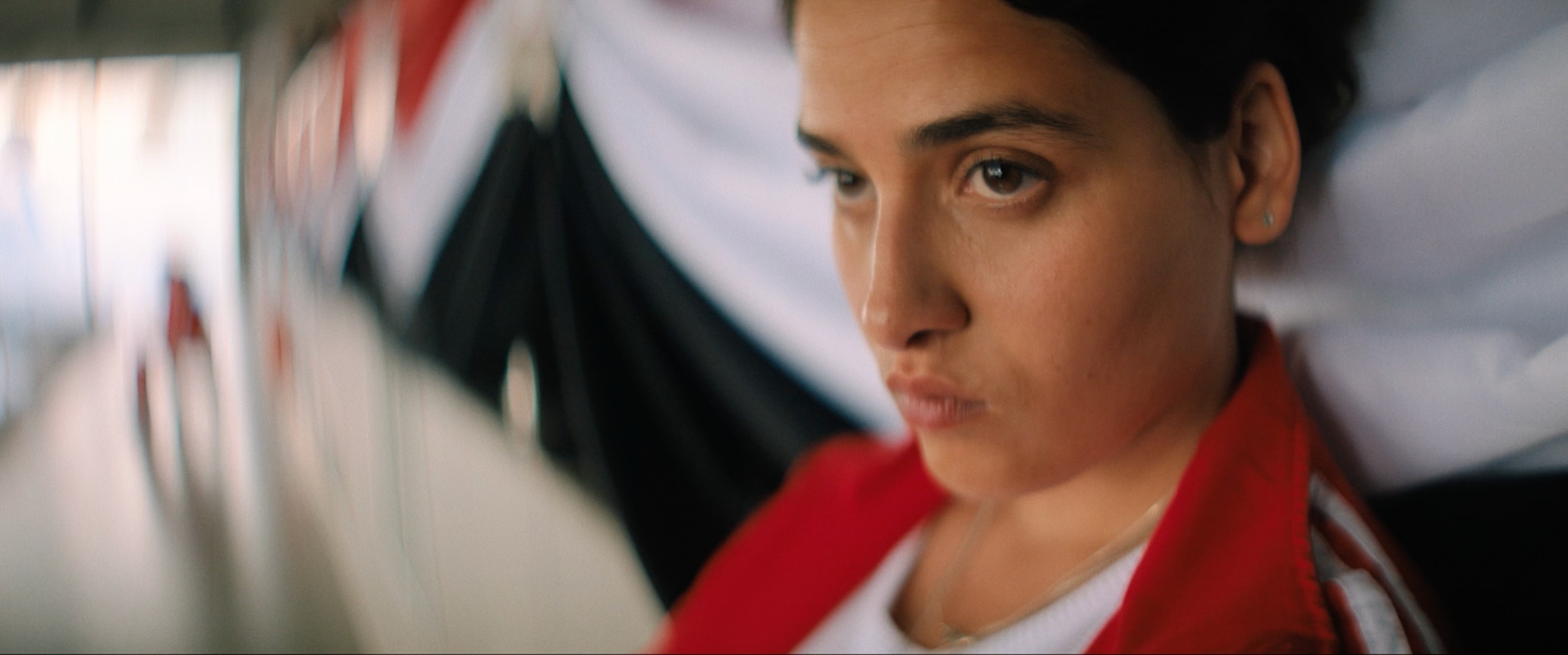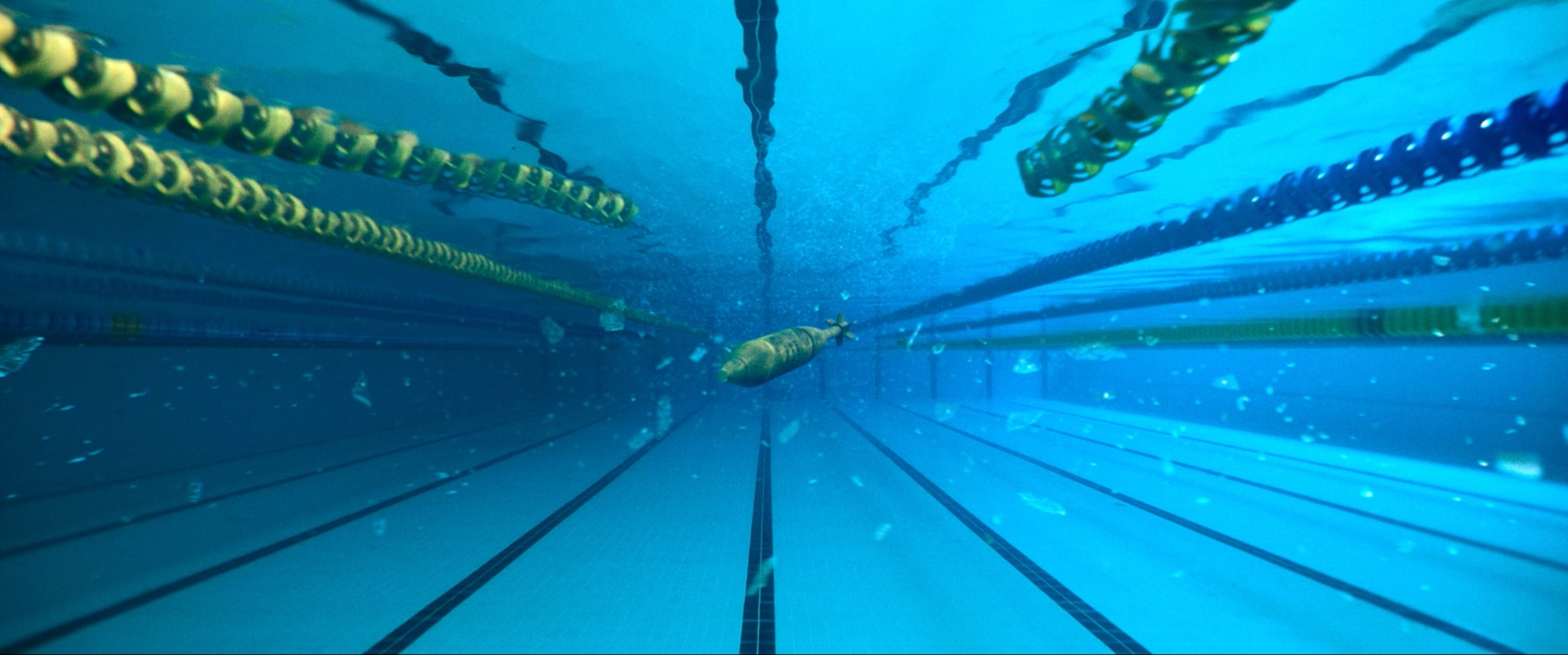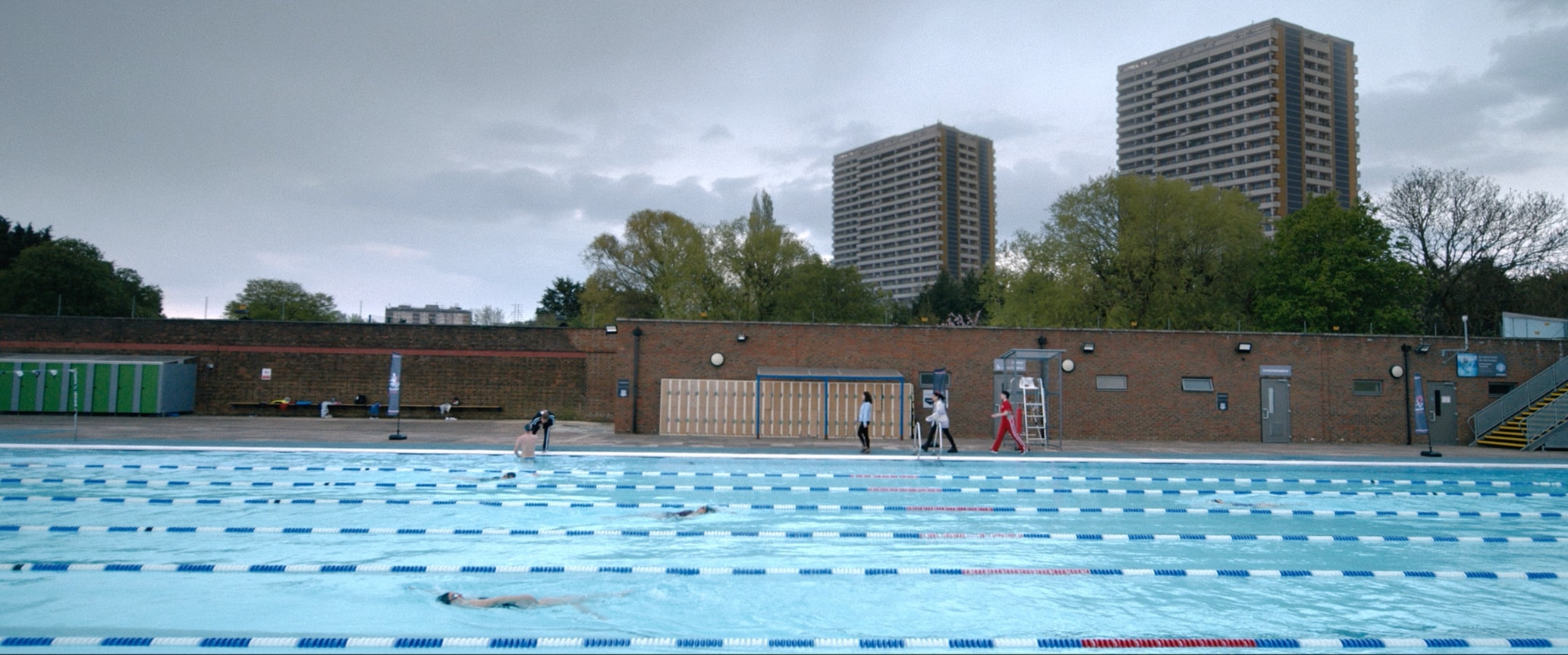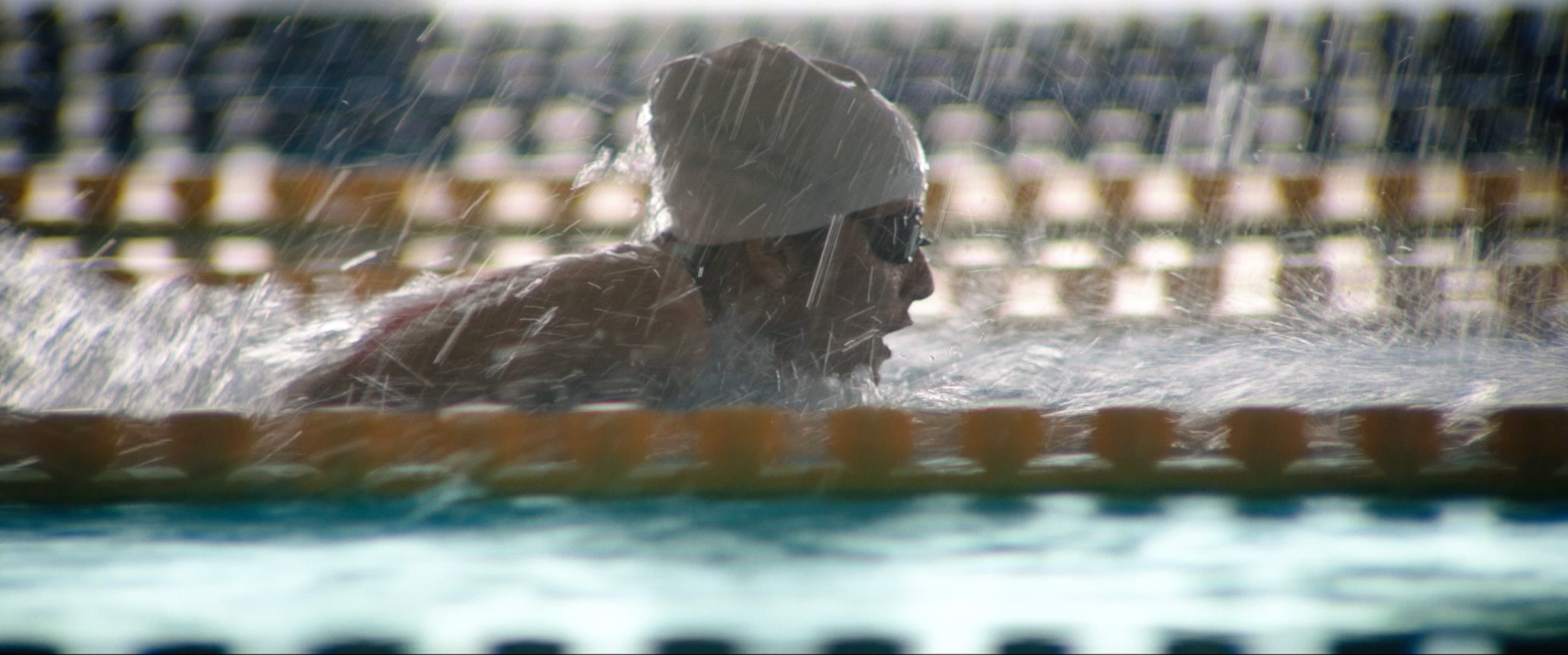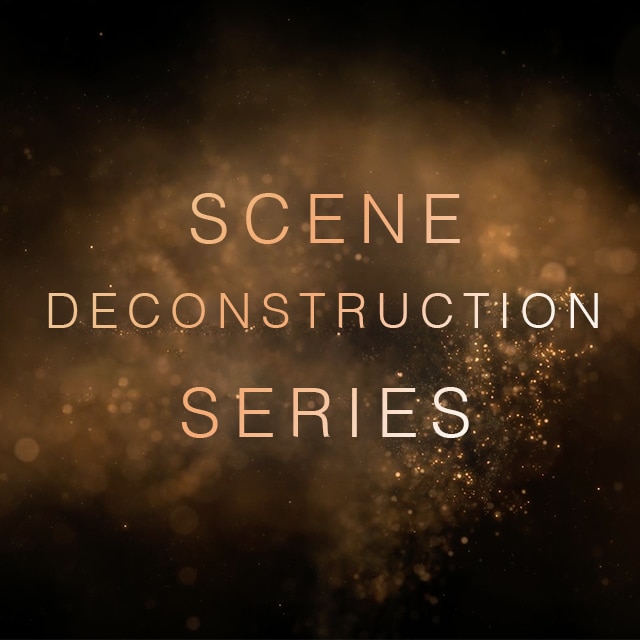Scene Deconstruction with Chris Ross, BSC
Deconstructing key scenes from Netflix’s amazing true-life story The Swimmers.

Introduction
Chris Ross is an award-winning, UK-based director of photography who has worked on television drama, commercials and features. He is perhaps best known for his work on Tom Hooper’s Cats, Danny Boyle’s Yesterday and Kevin Macdonald’s Black Sea. In 2022, he became president of the British Society of Cinematographers (BSC).
As part of our Deconstruction Series, Chris recently took the time to talk to us about his use of the Sony VENICE camera in the Netflix special The Swimmers, a moving story about two young sisters who undertake a long and dangerous journey from their home in war-torn Syria all the way to Brazil and the 2016 Rio Olympics.
Scene Deconstruction: Key Insights
- Negative fill is the placement of dark or black cards, drapes, flags or other surfaces so that light is prevented from bouncing back towards the subject. This can increase contrast on the dark side of a face or darken a part of a scene. It is the opposite of adding light.
- Altering the way the camera is moved can change the feel of a shot. A slightly wobbly handheld shot can give a sense of urgency or danger while a smoother Steadicam or gimbal shot can feel more graceful and controlled.
- Bright, high-contrast lighting can make a scene not only look brighter but feel brighter and more upbeat while much flatter, softer light with low contrast can take the mood of a shot down and feel more oppressive.
Indoor Pool Scene
The nature of many of the locations used in the film meant that Chris had to make use of very practical lighting setups.

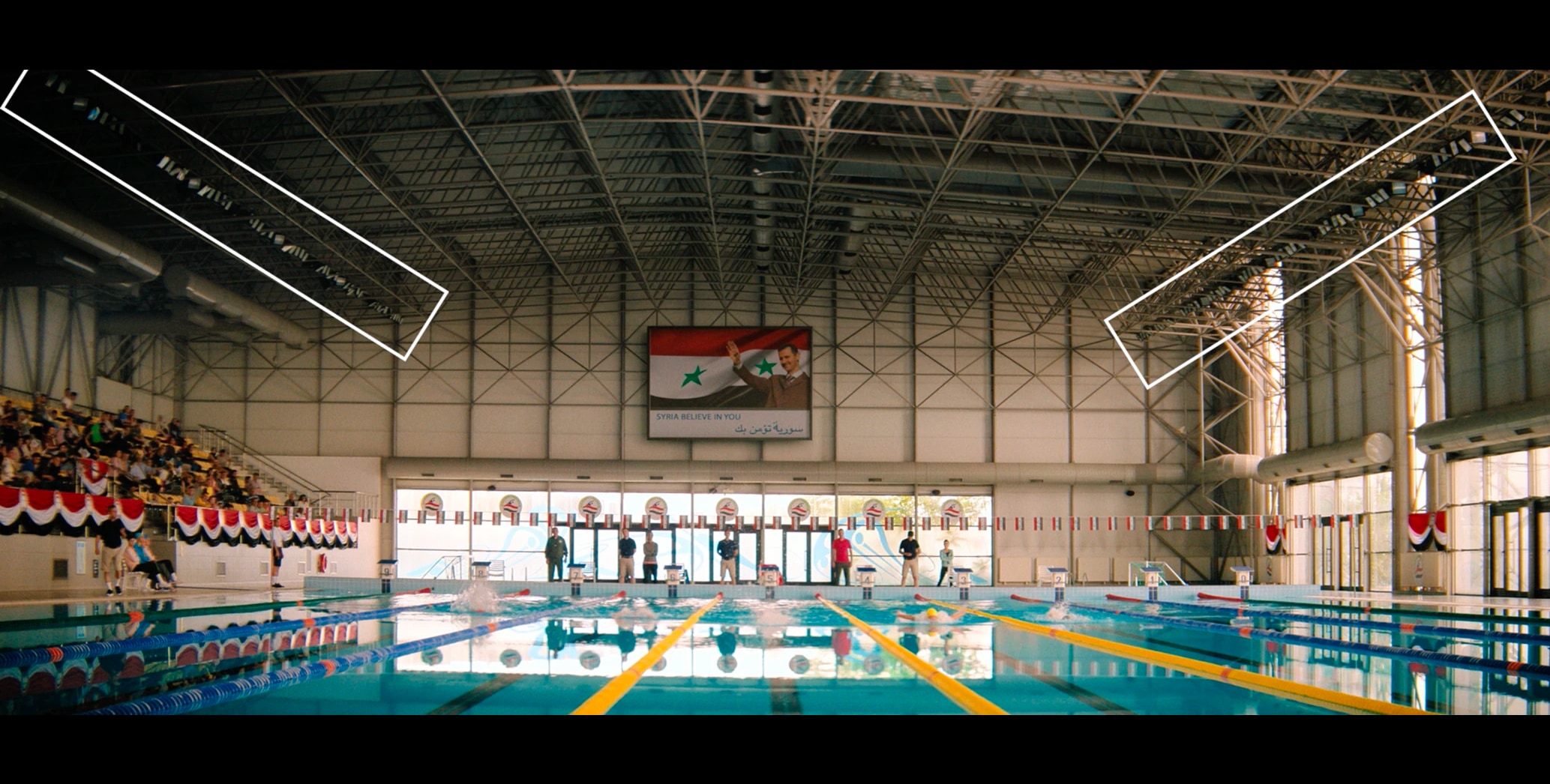
A key scene in the film takes place in a large indoor swimming pool. The pool building had two rows of large industrial floodlights while the main walls of the building had huge windows. Chris turned all the floodlights off so that the ugly light from these would not spoil the shots.

Then, with very little control over the light coming through the huge windows, instead of trying to add even more light, he made extensive use of negative fill to remove light. Large black or gray boards were used to darken parts of the shots for a more contrasty look.
A key part of this scene is the relationship between the two sisters, Yusra and Sara, as well as their father and coach “Baba,” plus their mother and sister who are seated in the stands. Even though nothing is said in the sequence, Chris felt it was important to show the relationship between the different characters. Chris used careful composition to show the importance of the stopwatch in the father’s hand. Wide-angle but close-up shots to show the jealousy and conflict between Sara and Yursa.
Then, as bombs start to fall around the outside of the swimming pool complex, Chris changes to more dramatic handheld shots, often rapidly panning or moving the camera to give a sense of danger and urgency as bombs continue to fall in and around the pool.
The final shots of the scene are of a bomb falling into the swimming pool. For this shot, Chris used the VENICE camera with a 12-mm lens on a crane that could be dipped into the water.
The wide-angle lens helps give a sense of isolation as the bomb sinks past Yusra. The bomb and bits of broken glass were added to the shots in post-production. But the wide angle and muted sound convey a moment of transcendence for Yusra as well as a metaphor for the way that, at that time, life in Syria was like staring at an unexploded bomb.
Hotel Scene
For a night-time scene in a hotel room, Chris kept the lighting very simple. A streetlight effect was created with a basic light fixture on a stand outside the bedroom window; this provided a bright highlight seen in the background through the window.

Chris tells of how the key light, which is in fact the only other light in the scene, was a simple bare bulb in a practical fixture placed on a small table under the window. Depending on the shot, this light was moved forwards or backwards on the table. For wide shots, it was placed at the back by the wall and, for the tighter shots, closer to the edge, nearer the camera.
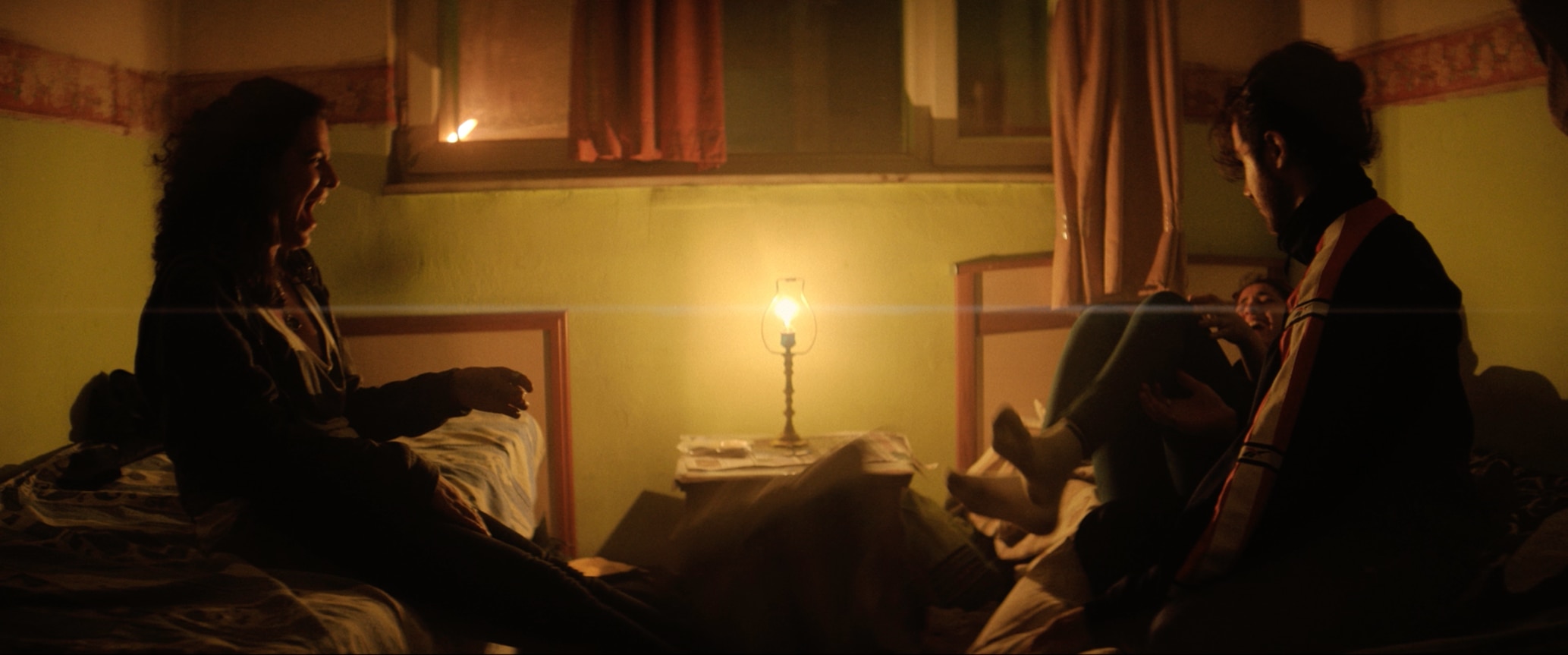
To keep things simple, every shot was filmed on a similar axis so that the light was always behind the actors to provide shape and contrast to their faces. The camera never shot from the same side as the light source, where their faces would have appeared much flatter.
Lesbos Scene
For the scene on Lesbos, halfway through the scene Chris needed to change the feel of the shots as the sisters momentarily stopped being struggling Syrians and instead behaved like wealthy European tourists. So, halfway through the scene the camera is switched from handheld to Steadicam mounted. The smoothness of the Steadicam shots helped to portray a sense of wealth and luxury compared to the more wobbly handheld footage.
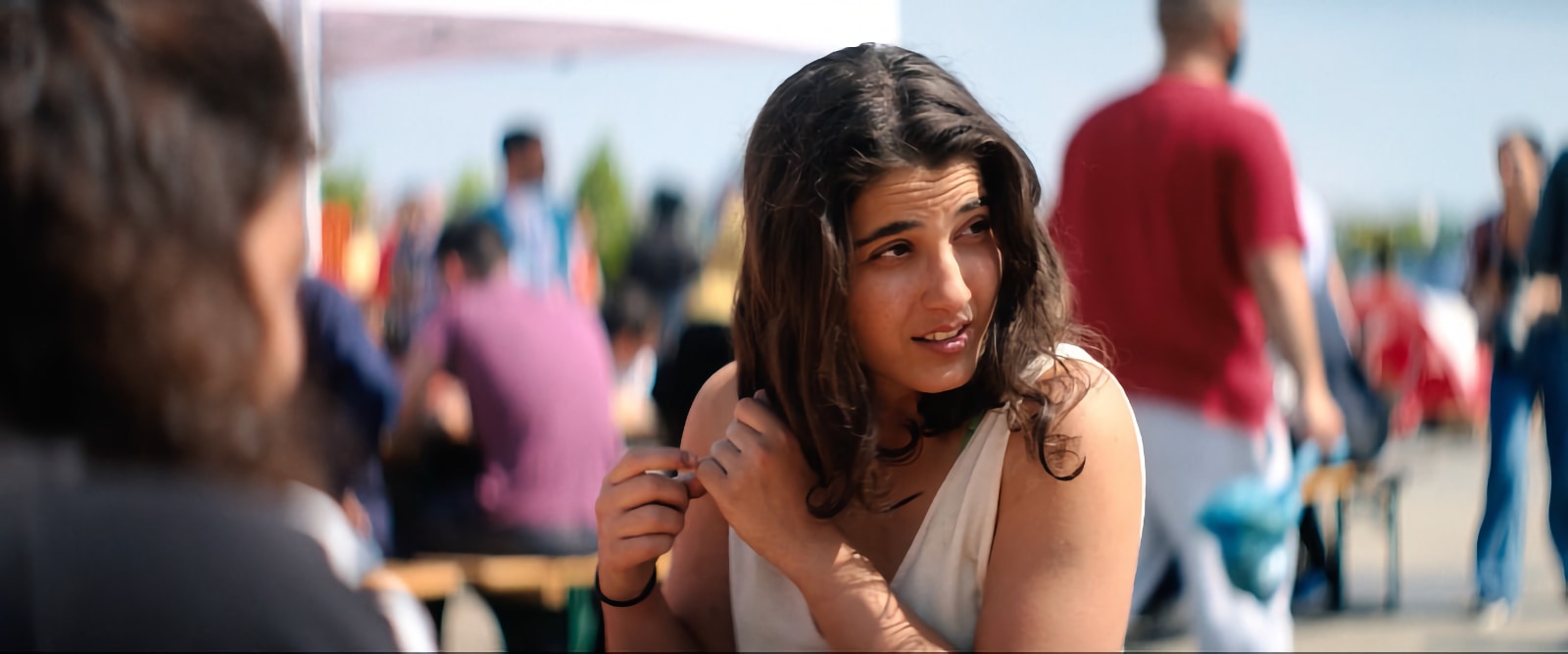
When Chris wanted a scene to look hot, he would shoot so that the sun was behind the characters, so it acted as an edge light, rim or backlight light. By shooting this way, you get a bright white sky and maximum contrast, giving the shot a hot and warm feel.
Outdoor Pool Scene
Later in the story, the girls arrive in Germany, where their lives are put on hold as they struggle to progress. This scene was filmed at an outdoor swimming pool in the UK and Chris wanted to have a stark contrast between their journey to this point and how their lives were put on hold. To get this different feel, Chris used very flat light, softening the daylight as much as possible to obtain a gray and flat look.
For Chris, a big challenge with The Swimmers was to give the sense of the viewer being a compassionate observer of the girls’ journey, to make it feel like you are in the boat or swimming a race with them. Chris points out that as a cinematographer you have a very wide range of lighting tools available that can change the cosmetic look of a film. But the more lights you add, the more diffusers or negative fill you use, the more you constrain your camera moves or the positioning of the characters.
While he feels that it is quite simple to learn some simple rules of how to place the sun or how you pin in bounce and softness for a pleasing cosmetic look, this locks the camera down.
By side stepping some of the cosmetic nature of filmmaking, Chris hopes that you will feel like you are in the scene, under the same sun, so that the emotional resonance becomes much stronger.
